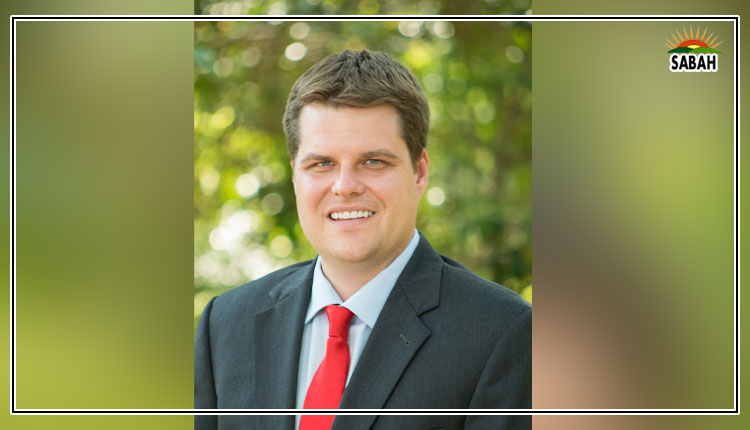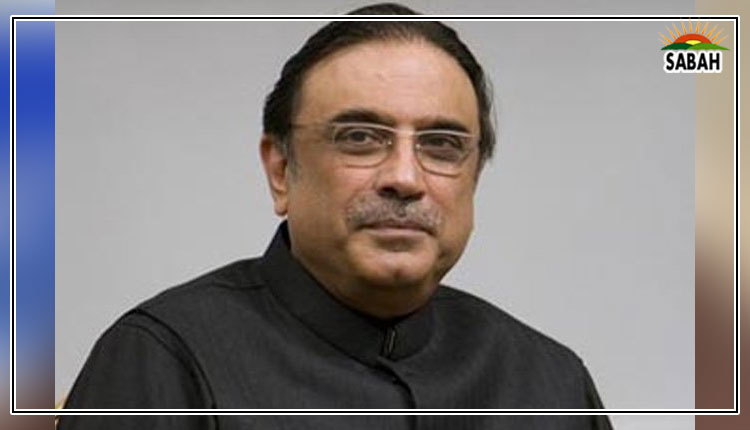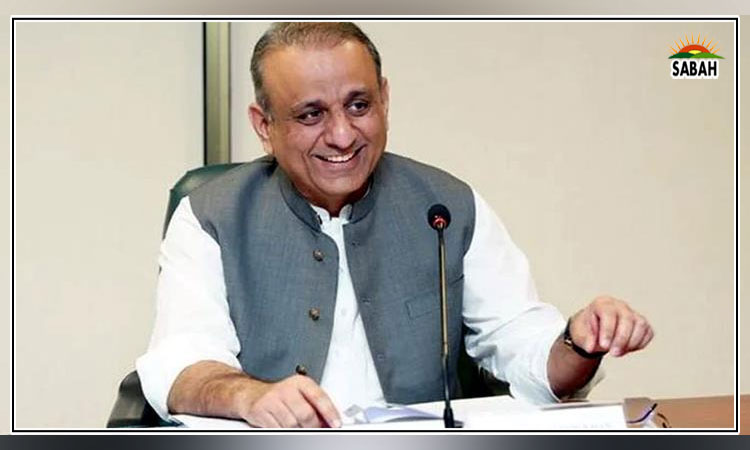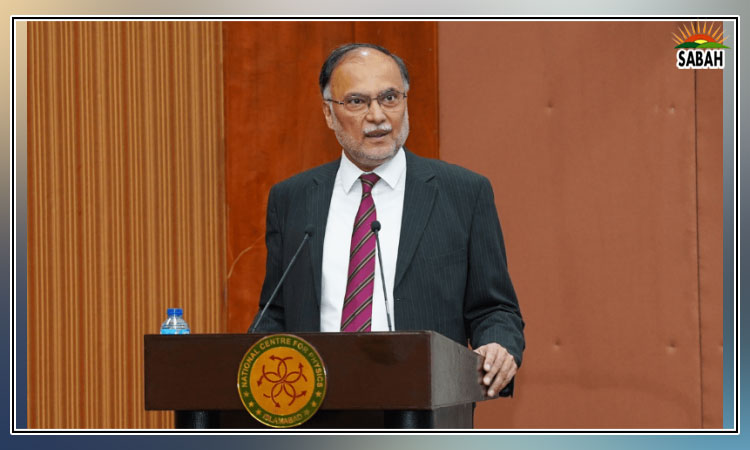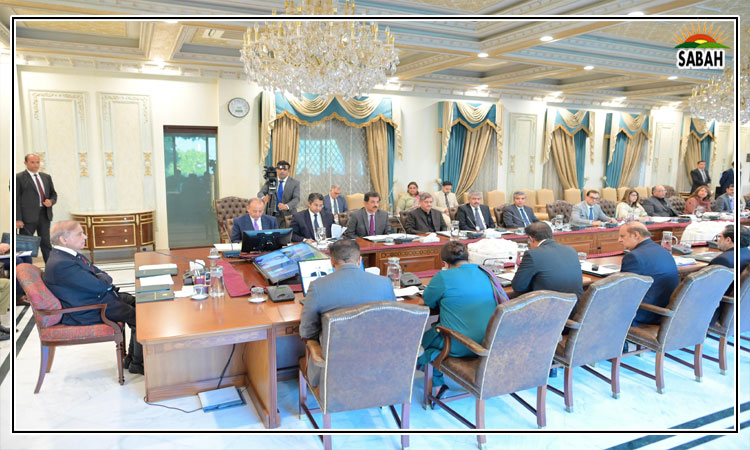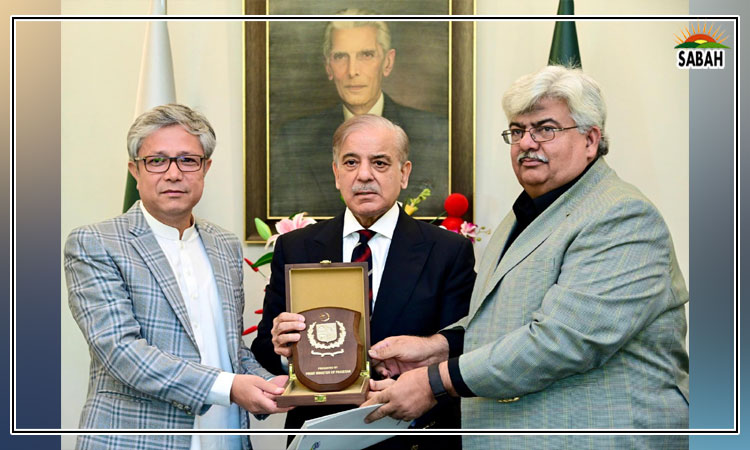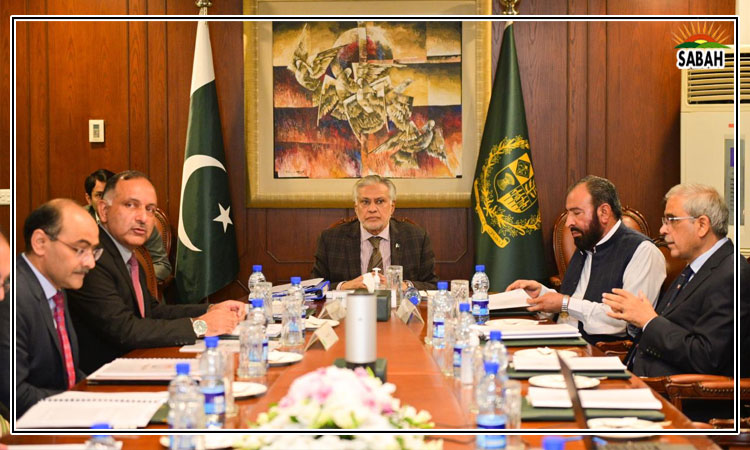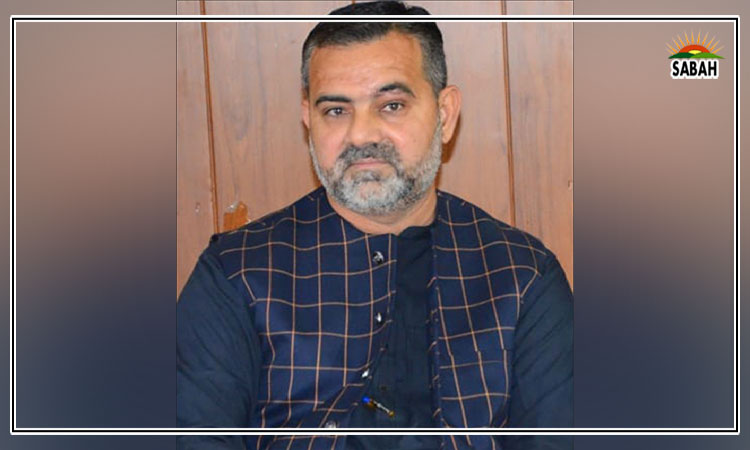War in Ukraine – three assumptions …..Dr Muhammad Ali Ehsan
A simple theory states that asking the right questions is important to make the right assumptions and making the right assumptions is essential for policymaking. This comes from one of my favourite scholars, Kishore Mahbubani – a diplomat, historian, geopolitical analyst and a scholar of international repute who is also the author of many books. If I am not wrong this Mahbubani theory that I quote comes from his book, Has China Won?, published in 2020.
Learning from Kishore Mahbubani, whenever analysing a problem I put a marker on my analytical work by constantly asking myself – am I asking the right questions? This has helped me in making assumptions that are based on the fundamental principle of right questioning. In the ongoing war in Ukraine my analysis forces me to make three assumptions based on the questions rising from the changing geopolitical scenarios in the conflict.
My first assumption is about Russia’s response to the Western world which overhypes danger from Russia by constantly terming it a geopolitical threat seeking to restore the old Russian Empire. Whatever West throws at Russia, the country – under President Putin – continues to demonstrate the capacity to react and reorient. That’s the first assumption. This assumption is based on finding the answer to the question: how has Russia reacted and re-orientated the political objectives of a war that has now taken it over two years to fight? World condemned Russia for failing to achieve a quick blitzkrieg victory against Ukraine at the start of the war. I am not sure if Russia ever wanted an all-out swift victory as the initial objective of its war. ‘Denasification of Ukraine’, ‘toppling of the Ukrainian regime’ seemed the right political goals that were achievable. If the question on the Russian political aim of the war is raised, the answer can be found in what has so far happened on ground. Russia has occupied the Donbas region and seeks to control it completely. Achievement of this objective effectively freezes the frontline and also provides Russia the fulfilment of its war aim. Beyond this, Russia may continue to offer opportunities of ceasefire and open channels of dialogue and peace talks – all based on Ukraine’s neutral status in future.
Putin’s reaction and reorientation can be seen in how he has handled the Yevgeny Prigohzin crisis under the Western propaganda of mutiny and sought his re-election for the 5th Presidential term under the western propaganda of his unpopularity and of Russian people becoming war weary and war fatigued. Putin’s biggest reorientation has been of the Russian economy. Sanctions have affected production but due to access to essential components from China, Russia has kept its military production running. Rusia’s capacity to react has been boosted by importing artillery shells from North Korea, drones from Iran and technical components from China. Russian energy still fuels the war effort and Europe is still dependent on it. West has therefore kept certain channels of cross-border transaction open and Gazprombank which is one of Russia’s largest banks is exempted from sanctions. Despite the Western propaganda of loss of face in view of the Ukrainian assault on Russian territory, Russia focused more on evacuation of its over 133,000 people from the region of Kursk. In the days and months ahead, protecting the logistic lines of its invading military units and brigades and fighting war on two fronts are problems that now the invading military forces of Ukraine will have to face. To sum up the first assumption, Russia under Putin will continue to react and reorient.
My second assumption is that there are very dim prospects of the war ending soon even with or without Trump’s victory. The war is not likely to end because West’s vision of Ukraine’s long-term security is in conflict with Russia’s vision of its own long-term security. How?
West cannot end the war on conditions that set precedent that rewards naked aggression and Russia will not withdraw from its own Donbas region. West will prolong the war by continuing to employ containment strategy against Russia’s so-called ‘expansionist tendencies’ ensuring there is no direct conflict between the nuclear powers as in the Cold War days. By all accounts, the war in Ukraine will remain a proxy and never translate into a global conflict. Ukraine can never achieve NATO membership as long as it is at war. This because of the centrality of NATO alliance’s article 5 which states that attack against one will be considered as attack against all. The US ‘bridge to NATO’ offer to Ukraine underlines this security dilemma and this is precisely the reason that the US and nine other alliance members have signed a ten-year bilateral security agreement with Ukraine. Russia’s vision of its long-term security has no room for Ukraine to become a NATO member and if West continues with its predatory geopolitics and doesn’t agree to Russia’s concerns then the only viable option of preventing Ukraine from joining NATO is the continuity of the war.
My third assumption is: what will remain constant in this war is the changing character of the war. Nature of all wars is violent but the character is how they are fought, where they are fought, with what weapons and under which kind of leadership. A $30 million MQ-9 Reaper can destroy a $10 million Russian tank but what about the rising cost of the war? The cost of defensive war is strikingly more than the offensive war in the changing modern character of the war. Iran’s April 2024 mass drone and missile strike on Israel cost it $100 million but the US and Israeli interception efforts cost more than $2 billion. The big change in the character of Ukrainian war will be in the air combat.
Ukraine has received the first 10 of eventual 79 F-16s that it has to receive from West. Ukraine will be flying 20 by year end and the rest will arrive in batches in 2025. So far Russia has been launching glide bombs into Ukraine without having to leave its airspace but the F16-capable Ukraine will force Russian SU34s to stay back or risk being brought down. But to achieve local air superiority and to support ground offence, Ukraine needs 12 to 14 squadrons of 18 F-16s each. According to a report in The Economist, out of the 79 F-16s being provided, 10 are two-seater trainers and some may be in such a poor state that they could only serve as a source of spare parts. Over the years, Western expense in supporting the Ukrainian war will rise.
The superpower that fought the 20-year-long war in Afghanistan at a whopping cost of $2 trillion ($300 million a day) supports Israel’s right to defend itself. How Israel exercises that right doesn’t trouble the superpower and it continues to extend $3.8 billion annual support to it. Russia is not an ordinary or a medium power and under Putin it will not be intimidated. If West has proceeded with NATO encroachment and aims at eliminating Ukraine as Russia’s buffer zone then Russia will continue to retain its right to stand up and fight.
Courtesy Express Tribune


